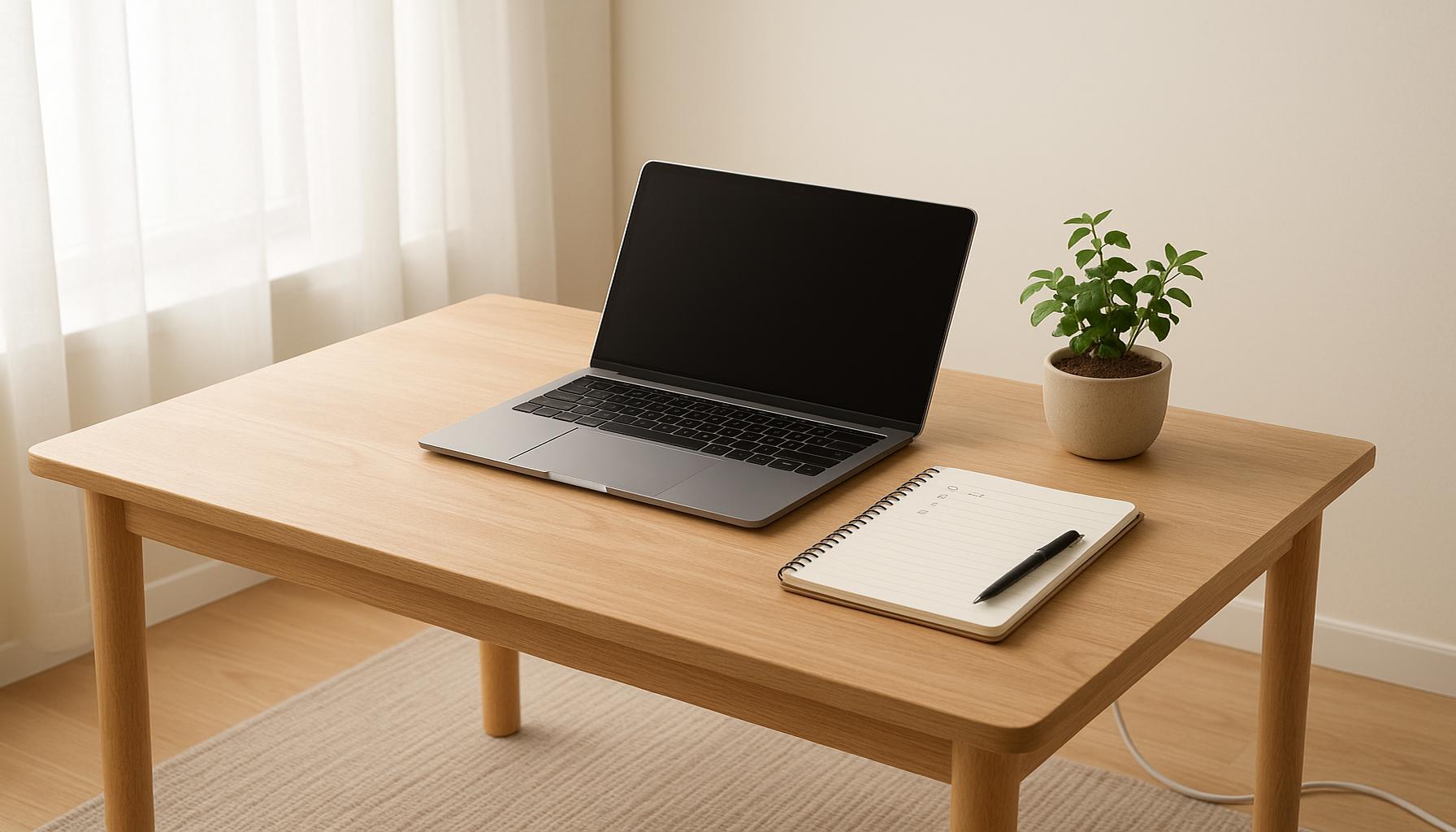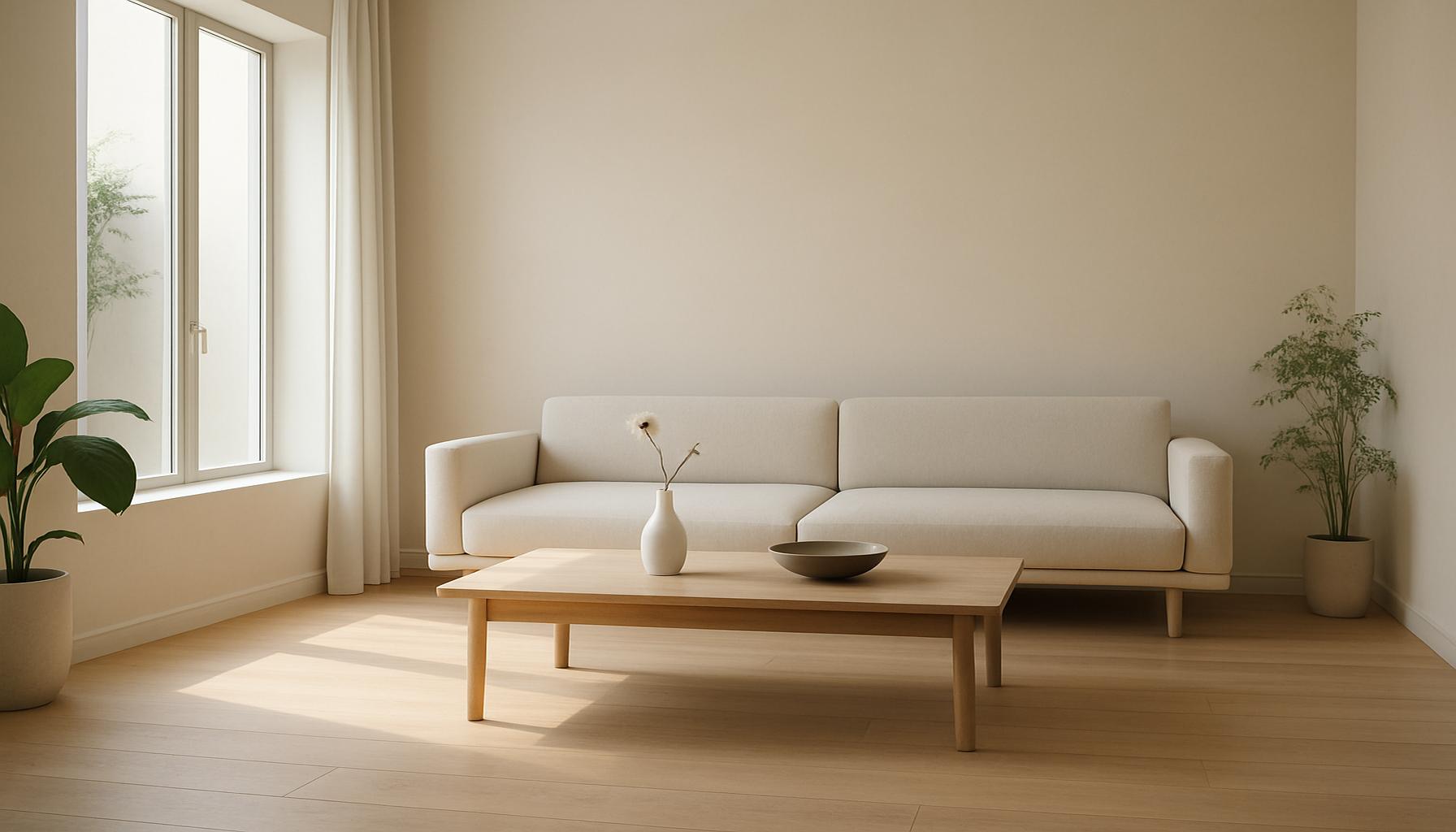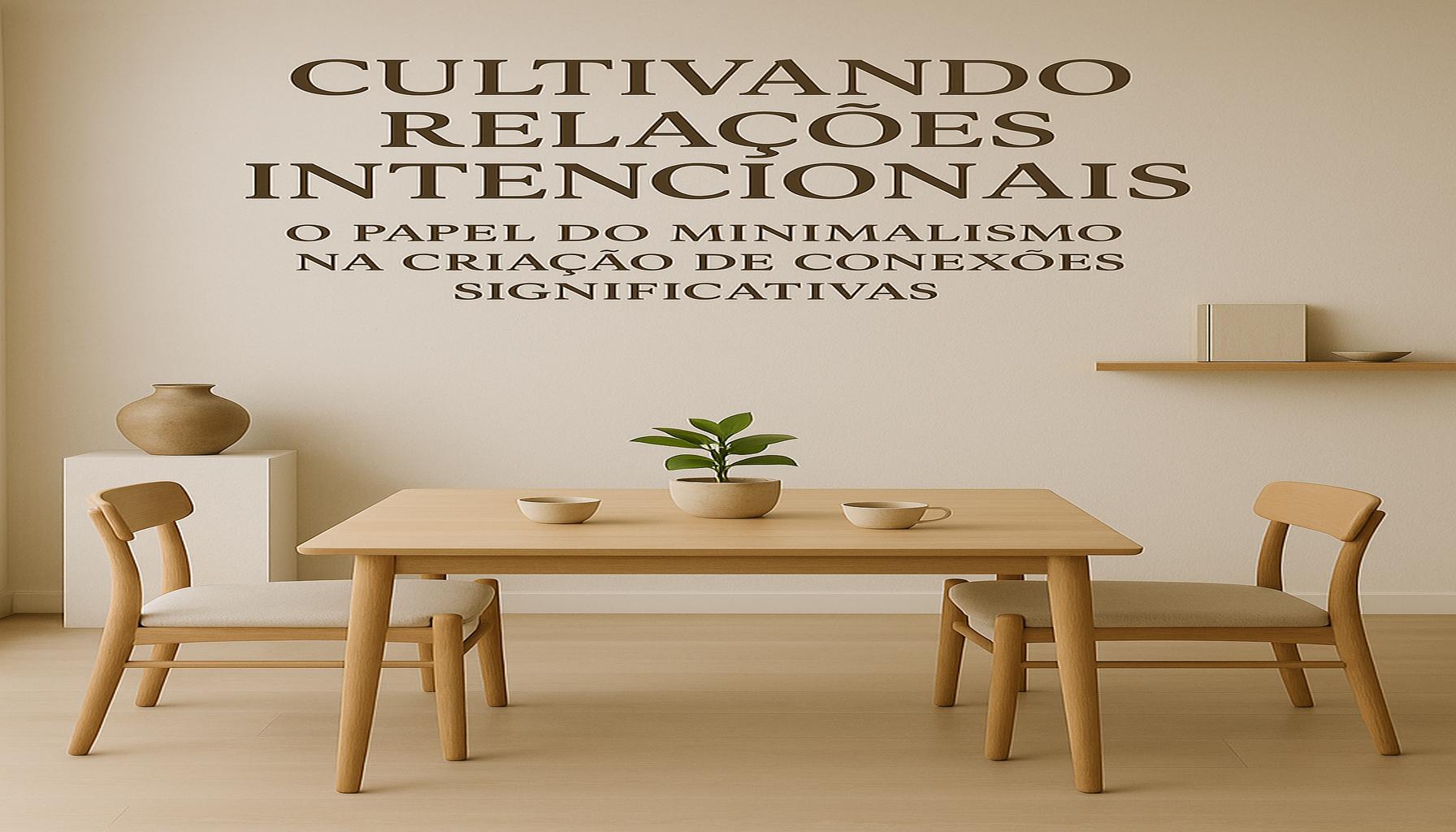The Intentionality in Choosing Belongings: How to Make Conscious Choices for a Minimalist Lifestyle
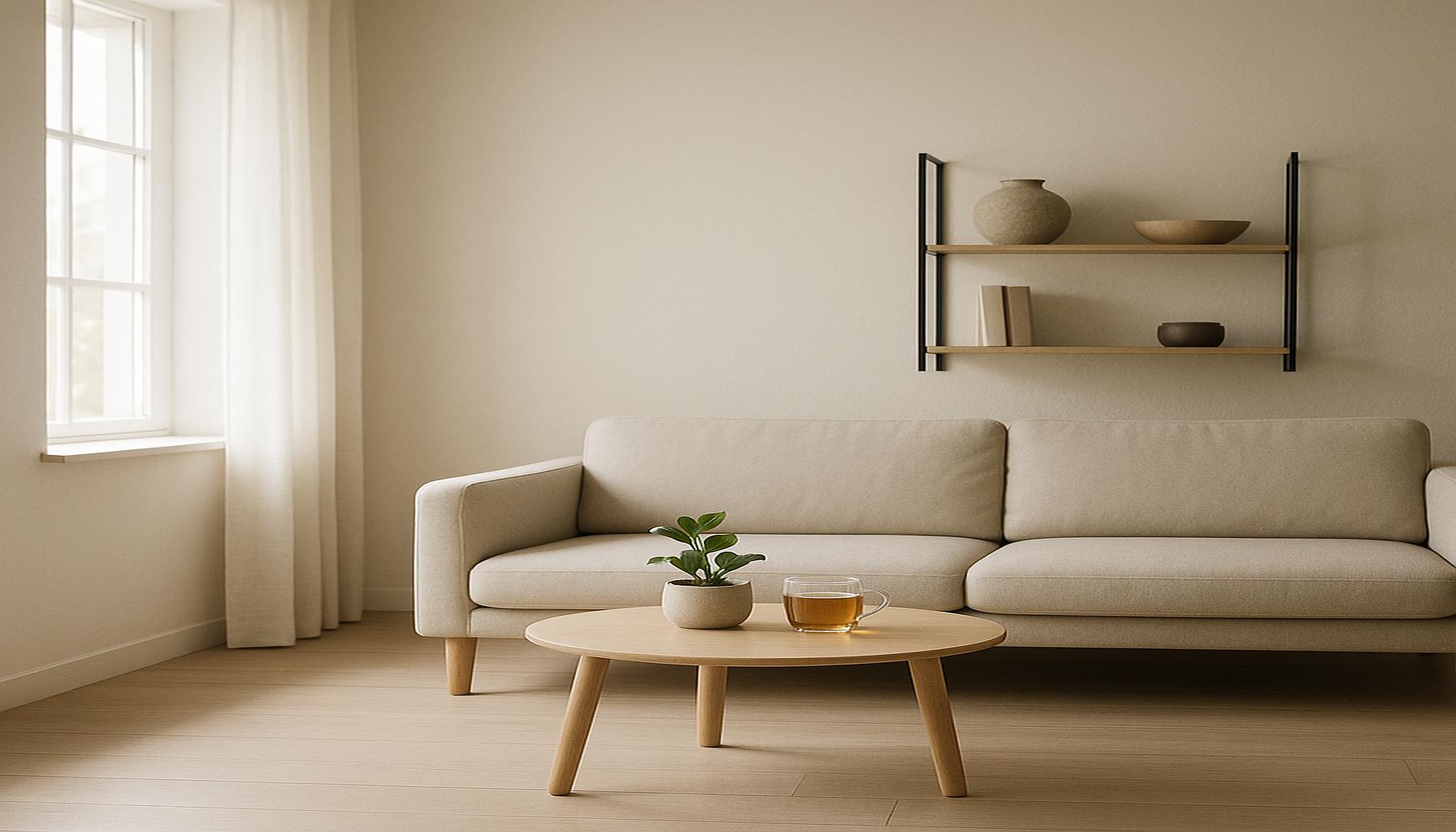
Redefining Your Belongings
In a world overwhelmed by consumerism, the art of intentional living is gaining traction. More individuals are discovering the profound wisdom of making conscious choices about their belongings. But what does it mean to choose with intention? It means taking a step back and reassessing not only what fills your space but also how those items contribute to your overall happiness and wellbeing.
Embracing a minimalist lifestyle allows for clarity and purpose in our everyday lives. By honing in on what truly matters, we can cultivate a sense of fulfillment through quality over quantity. This means prioritizing the items that add value to your life and letting go of those that do not. Here are key components to consider:
- Evaluate Necessities: Begin by distinguishing between what you need and what you want. For example, a high-quality winter coat may be essential, while a collection of trendy shoes may be more of a want than a need.
- Simplify Choices: Limit options to avoid decision fatigue. With overwhelming choices available in stores and online, narrowing down what is truly needed can streamline your decision-making process and reduce stress.
- Reflect on Value: Assess the emotional significance of each item. Does a piece of artwork remind you of a special memory, or is it simply a decoration? Understanding the emotional ties to your belongings can help in determining whether they have a rightful place in your home.
Making conscious selections is not merely about decluttering; it’s a holistic approach to enhancing your lifestyle. This process can lead not only to a more organized living space but also to several profound benefits:
- Increased mental clarity: A clutter-free environment can translate into a clutter-free mind, allowing for better focus and productivity.
- A greater appreciation for what you own: By intentionally choosing your belongings, you may find yourself cherishing each piece more deeply, creating a stronger connection to your environment.
- Enhanced financial freedom through reduced spending: When you consciously assess your purchases, you can prioritize quality items that you genuinely connect with, leading to fewer impulse buys and a more sustainable budget.
As you embark on this journey within the United States, you may ponder how to balance functionality with aesthetics in your choices. The current trend of multi-functional furniture reflects this integration well; think of a stylish coffee table that doubles as storage or a bed frame with drawers underneath. Such items not only save space but also contribute to a more organized and intentional living environment.
Join us as we delve deeper into the nuances of intentionality, exploring how to craft a purposeful living space that reflects your values and aspirations. By embracing intentional living, you not only redefine your belongings but also transform your life into one that aligns with your true self. Explore your creativity, values, and needs to build a space where every item serves a purpose, leading to a richer and more meaningful existence.
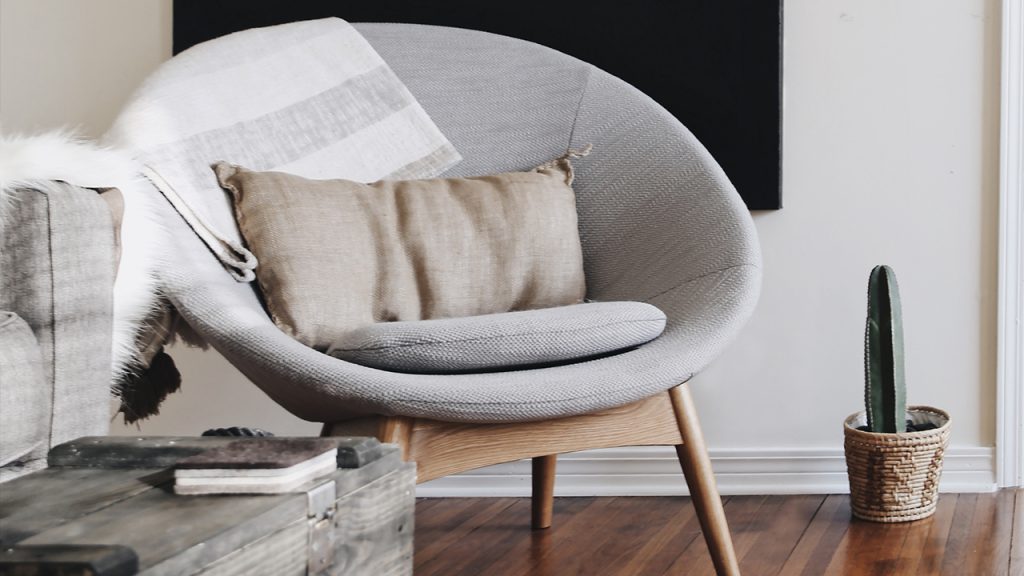
DISCOVER MORE: Click here to find effective decluttering strategies for your small space.
Understanding Intentional Choices
To grasp the essence of intentionality in choosing belongings, one must first recognize the significance of each item that occupies your space. The fundamental principle is to surround yourself with belongings that genuinely foster positivity and utility rather than merely conforming to trends or societal pressures. The first step toward achieving this is through an in-depth analysis of your current possessions and how each one contributes to your life.
Begin by conducting a personal inventory of your belongings. This can feel overwhelming, but embarking on this organizational journey can lead to transformative insights. Start in one area of your home, such as your closet or kitchen, and categorize items into three groups: Keep, Donate/Sell, and Discard. Here are some guiding questions to aid your decision-making process:
- Does this item serve a practical purpose? Consider whether the item is functional and essential in your daily life.
- How does it make me feel? Reflect on the emotional significance behind each item. Does it evoke joy, nostalgia, or even discomfort?
- How often do I use it? Evaluate the frequency of use. Items that sit untouched for extended periods may no longer serve you.
- Would I purchase it again? If faced with the opportunity to buy the item anew, would you? This can clarify its value in your life.
Embracing this mindfulness in your selection process allows for a clearer understanding of what truly matters. Intentional living goes beyond mere aesthetics; it emphasizes a lifestyle that resonates with your core values, promoting a more profound connection with your environment.
As you unearth the clutter holding you back, pay close attention to the potential for emotional freedom. A minimalist lifestyle is more than just owning fewer items; it is about curating your belongings in a way that reflects who you are. As spaces become decluttered, they transform; free from the burden of excess, both your home and mind can breathe more freely.
Engaging in this journey promotes gratitude—a newfound appreciation for the things you choose to keep. You might find that less truly equates to more, as the things that remain radiate significance and positive energy. In this respect, minimalism becomes a pathway to greater mental clarity and serenity.
The next phase in this exploration involves recognizing the environmental impact of your consumption. By choosing high-quality, sustainable items that genuinely serve you, not only do you contribute to a more eco-friendly world, but you also sidestep the cycle of fast fashion and disposable goods, paving the way for a more responsible and intentional ownership.
As you start to grasp the concept of intentional living, remember that it is a personalized journey uniquely tailored to fit your needs and values. Each decision you make should be steeped in the understanding that your belongings play a role in shaping the life you aspire to lead.
In the journey towards a minimalist lifestyle, the intentionality in choosing belongings plays a crucial role. It is not merely about reducing clutter, but about fostering a deeper connection to the items we choose to keep. Every belonging should serve a purpose or bring joy, which is the guiding principle of minimalism. This shift in mindset encourages individuals to evaluate the necessity and value of their possessions, leading to more mindful consumption.
One significant approach to achieving this goal is the practice of decluttering, which involves reassessing items regularly and letting go of those that no longer serve a meaningful function. This can be a daunting task, but it cultivates a sense of liberation and clarity. Moreover, it prompts questions such as: “Does this item enhance my life?” or “Am I keeping this because of obligation?” such self-inquiry enriches the decision-making process, inviting a sense of empowerment in our choices.
Additionally, quality over quantity is a key tenet of the minimalist philosophy. Investing in fewer but higher-quality items not only reduces waste but also enhances satisfaction with what we own. These quality pieces often transcend trends and can be cherished for years, thereby fostering a sustainable relationship with consumerism. This focus on longevity, therefore, aligns perfectly with the ethos of a conscious lifestyle, urging us to think critically about what we bring into our homes.
By incorporating practices that promote intentionality, individuals can create spaces that reflect their values and aspirations. This deeper understanding of our belongings leads us closer to a lifestyle characterized by simplicity, appreciation, and authenticity. Thus, the journey of minimalism is as much about self-discovery as it is about reducing physical possessions.
| Category | Advantages |
|---|---|
| Mental Clarity | A decluttered space fosters a clearer mind, reducing stress. |
| Increased Focus | Less distraction from unnecessary items enables better concentration. |
| Enhanced Joy | Choosing items that bring happiness leads to a fulfilled life. |
| Financial Savings | Investing in quality over quantity reduces repetitive expenses. |
DISCOVER MORE: Click here for practical decluttering tips
Establishing Value and Quality Over Quantity
As you navigate the path towards a minimalist lifestyle through intentional choices, it becomes increasingly vital to shift your focus towards the value and quality of your belongings. This paradigm shift not only enriches your living space but also enhances the overall quality of your life. Rather than accumulating numerous items that may quickly lose their appeal or functionality, aim to invest in belongings that align with your values and serve multiple purposes.
One practical approach to achieve this is to adopt a one in, one out rule. Every time you introduce a new item into your home, consciously decide to remove an existing one. This method encourages thoughtful decision-making, ensuring your space remains curated rather than cluttered. Start with categories that might be particularly overwhelming—clothing, kitchen gadgets, or even digital items like apps and software. Ask yourself whether the new addition brings significant value or enhances your life in a meaningful way.
Moreover, it’s essential to prioritize sustainable choices as you build your collection of belongings. In a world dominating by consumerism, opting for sustainable brands can significantly diminish your ecological footprint. Look for companies that emphasize ethical production methods, use eco-friendly materials, and focus on creating durable products. Consider slow fashion brands for your wardrobe; these tend to emphasize quality over quantity, often leading to longer-lasting clothing. In addition, explore local artisans or small businesses that create handcrafted items that are both unique and conscious of the environment.
Another meaningful inquiry is to assess the emotional connection you have with your belongings. Each item should tell your story and bring you comfort or joy. If a piece of furniture, for example, no longer resonates with you, it might be time to rethink its place in your home. Instead of viewing it as a loss, consider it an opportunity to discover new pieces that reflect your evolving identity. By curating your space with intention, you create an environment that nurtures peace and positivity.
Incorporating the concept of multifunctionality into your belongings can also significantly enhance your minimalist lifestyle. Seek out items that can serve several purposes, such as a coffee table that doubles as storage or kitchen tools that can be used for multiple recipes. This strategy not only minimizes the number of items cluttering your space but also promotes a sustainable and resourceful approach to living.
Paying attention to the aesthetic and functional balance of your surroundings is equally crucial. Your space should not only be practical but also visually appealing. When choosing decor pieces or furniture, consider how they contribute to the overall ambiance of your home and how they align with your values and lifestyle. Engaging in this mindful selection process enhances the harmony of your environment and creates an inviting atmosphere.
Ultimately, the journey toward a minimalist lifestyle requires ongoing reflection and adaptation. As you hone your ability to make intentional choices about your belongings, you begin to uncover deeper insights about your preferences, desires, and values. This evolution is what makes the practice of minimalism a powerful tool for living a fulfilling and authentic life.
DISCOVER MORE: Click here to delve deeper
Embracing Intentionality for a Peaceful Existence
In conclusion, adopting a minimalist lifestyle through intentional choices offers a pathway to not only declutter our physical spaces but also cultivate mental clarity and emotional well-being. By emphasizing the quality, value, and emotional connections of our belongings, we create an environment where every item serves a meaningful purpose, enriching our daily lives. The shift towards choosing fewer, but more significant, possessions prompts us to engage in thoughtful decision-making, ensuring that our surroundings reflect our true selves.
As you embark on this transformative journey, consider the benefits of integrating sustainability and multifunctionality into your lifestyle. Prioritizing ethically made products and those that serve various functions minimizes waste and aligns your choices with a more environmentally friendly mindset. Moreover, the one in, one out approach can be a practical tool, helping to maintain a harmonious living space while encouraging continuous reflection on what truly matters to you.
Lastly, remember that the pursuit of minimalism is not solely about reducing physical possessions; it is also about fostering a mindset change. By focusing on intention, quality, and personal values, you can begin to unlock a more serene existence, free from the noise of consumerism. The journey toward conscious living is ongoing, offering opportunities for self-discovery and creativity. Embrace this chance to curate a life that is both fulfilling and authentic, one thoughtful choice at a time.
